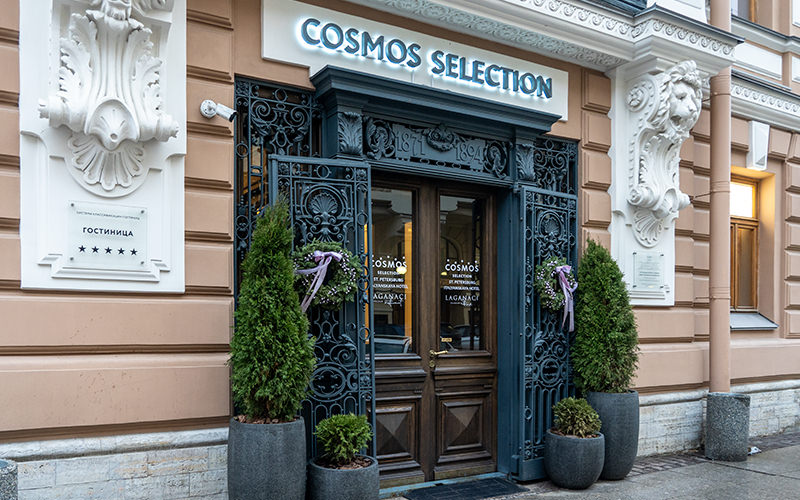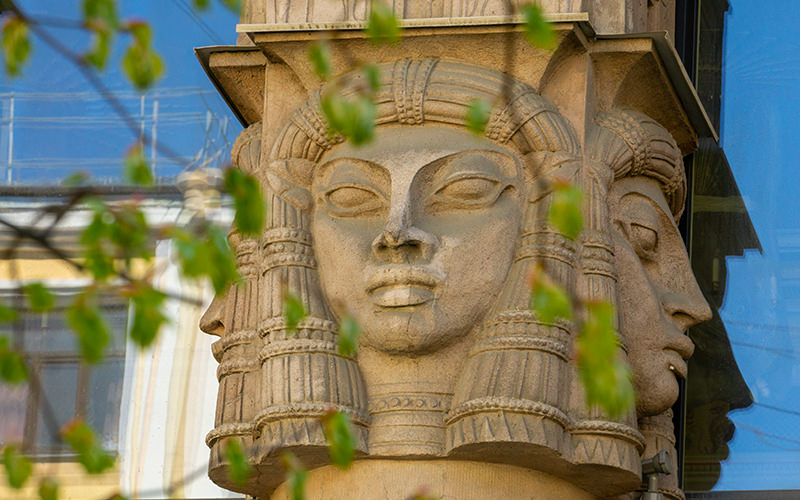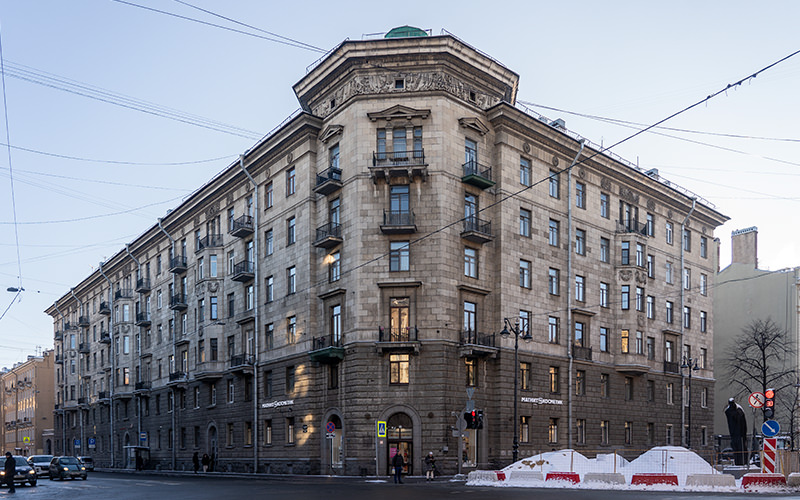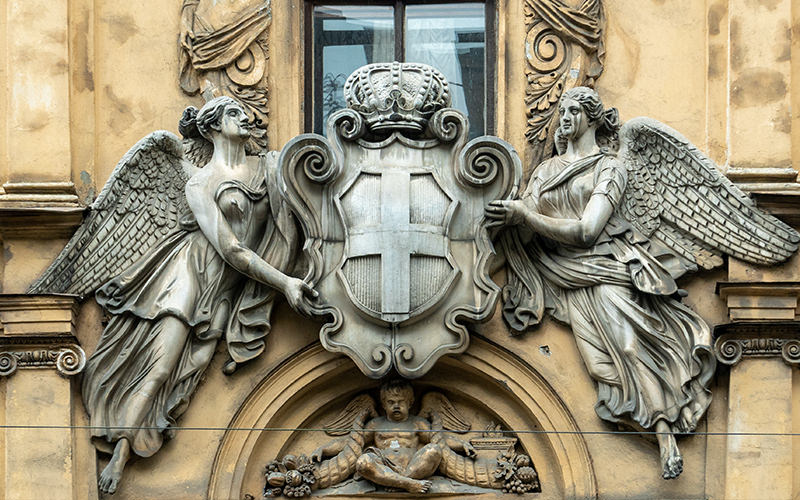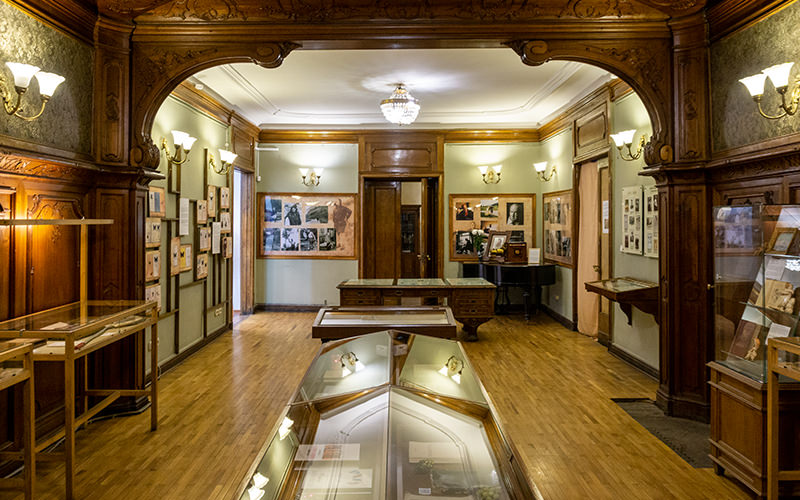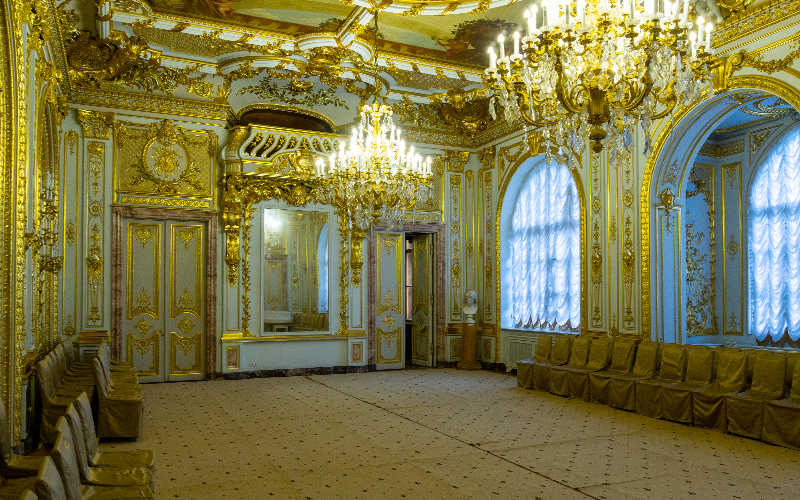On Isaakievskaya Square, not far from the most famous cathedral in St. Petersburg, stands the majestic building of the former German Embassy. In books on the architecture of the Northern Capital, this structure is frequently mentioned as a model for future neoclassical buildings in pre-war Leningrad. So, let's take a look at this monumental structure, with columns that reach almost the entire height of the facade.
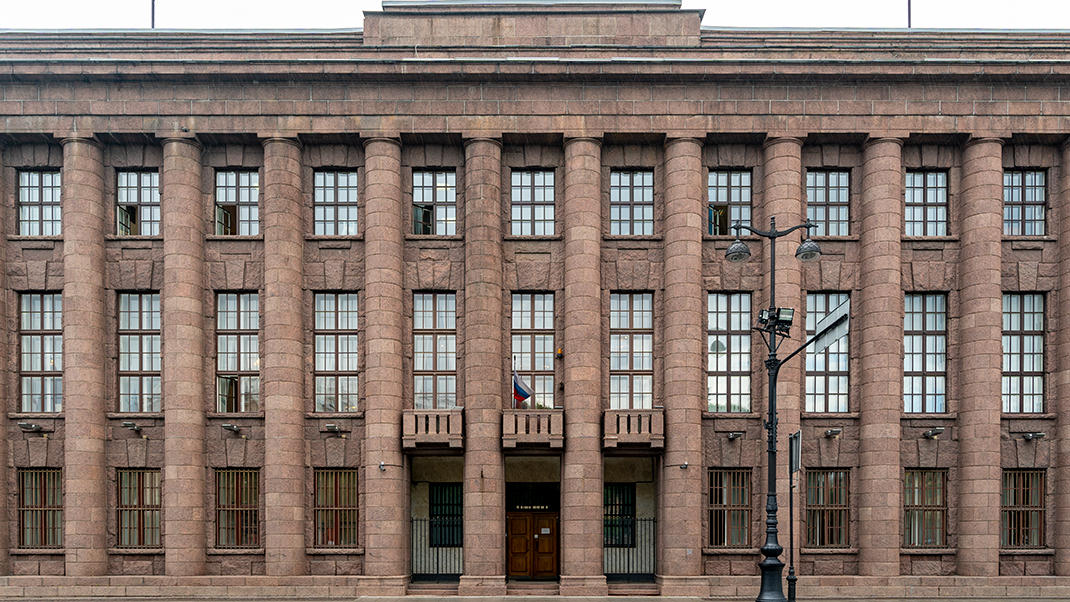

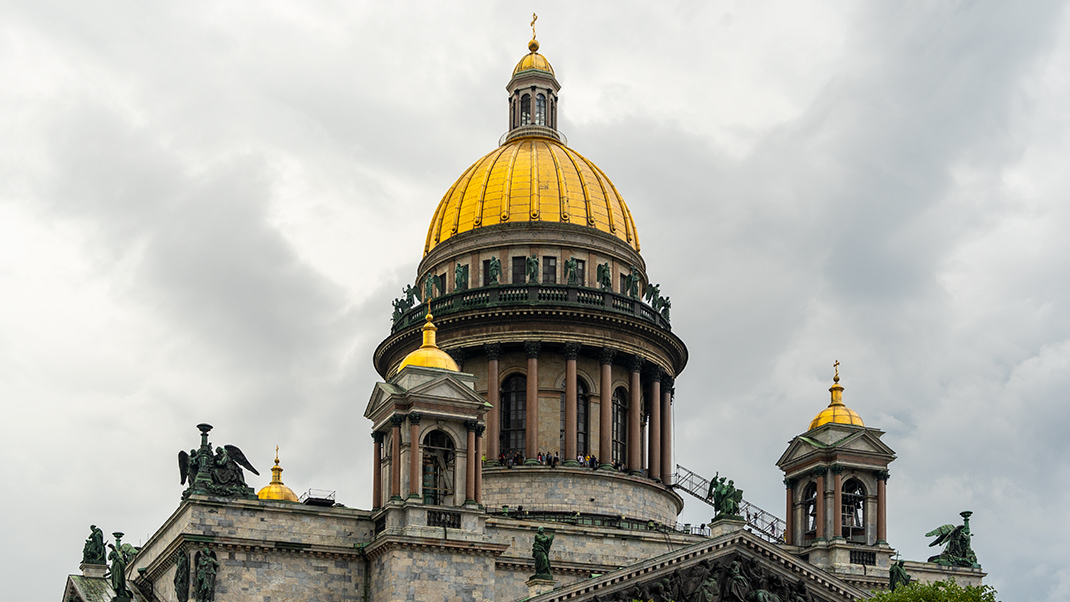
How to Get There For a Tour
The address of the former German Embassy building is Isaakievskaya Square, 11; Bolshaya Morskaya Street, 41. The journey here from the "Admiralteyskaya" metro station takes about ten minutes.
You can't simply walk into the building as it houses government offices — the Main Directorate of the Ministry of Justice of the Russian Federation for St. Petersburg and the Leningrad region and the Federal Service for Technical and Export Control for the Northwestern Federal District. However, it is possible to visit this unusual building as part of an organized tour.
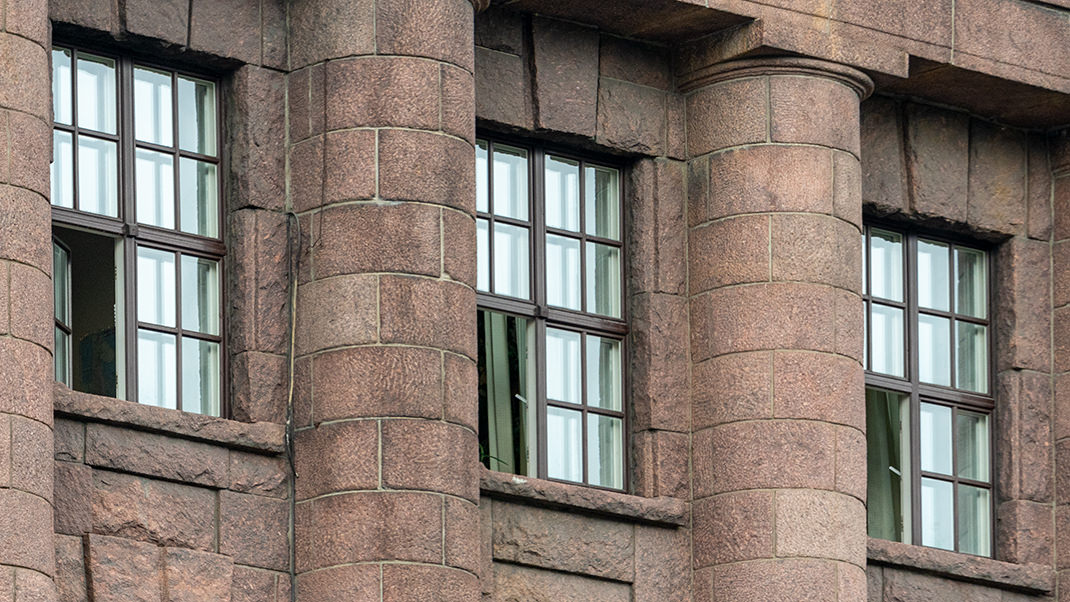
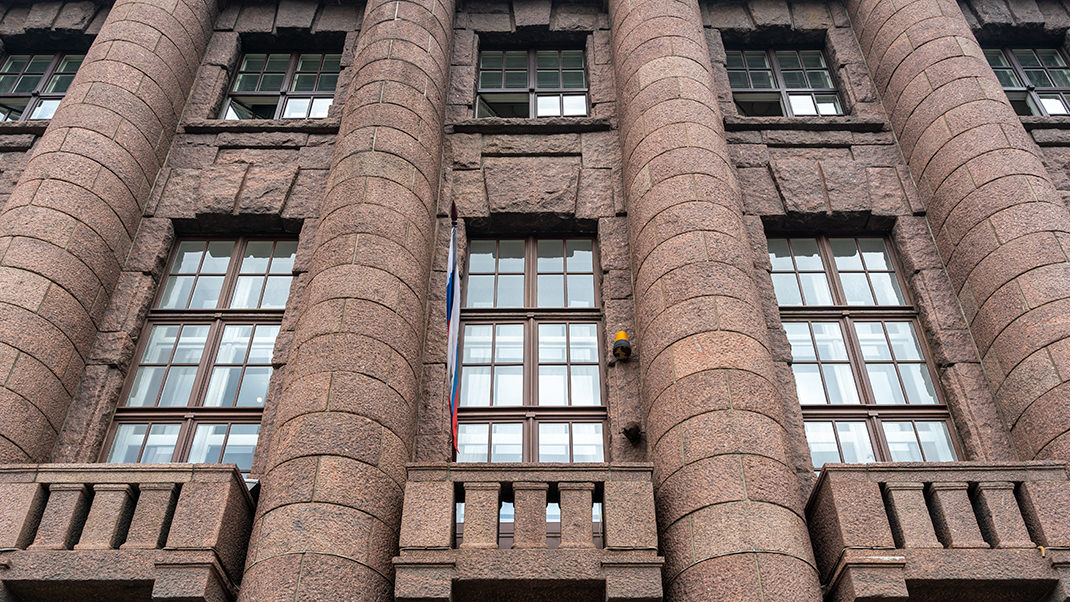
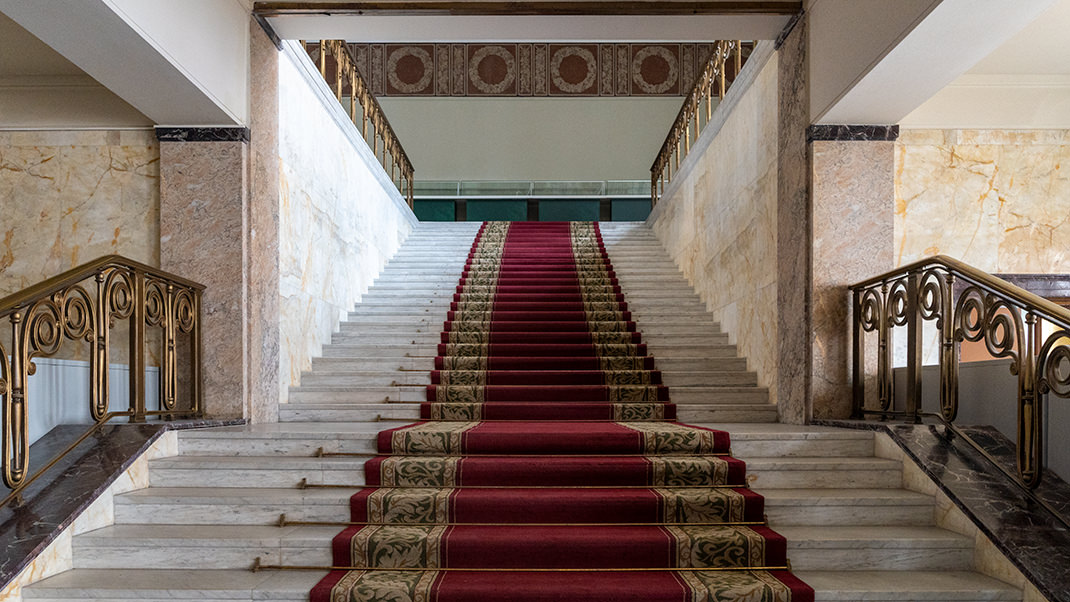
I frequently attend events organized by the St. Petersburg project "Open City," and I visited the embassy building with them. All tours are free, and you can sign up on their official website. Interestingly, the guide who leads the tour has personally participated in the restoration of the former embassy, so their story is enriched with facts about the interior decoration of the building.
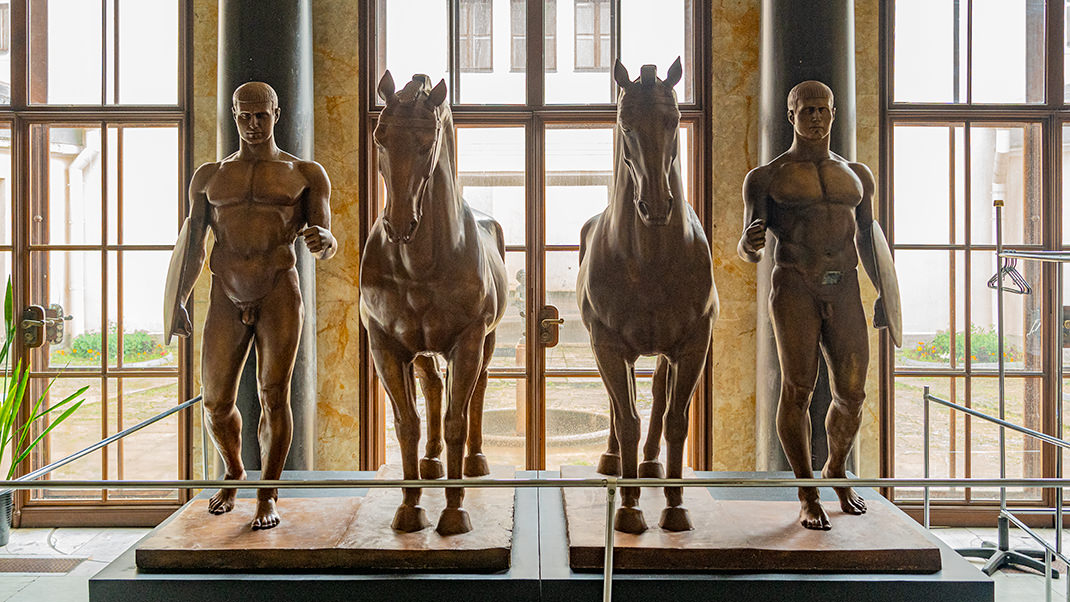
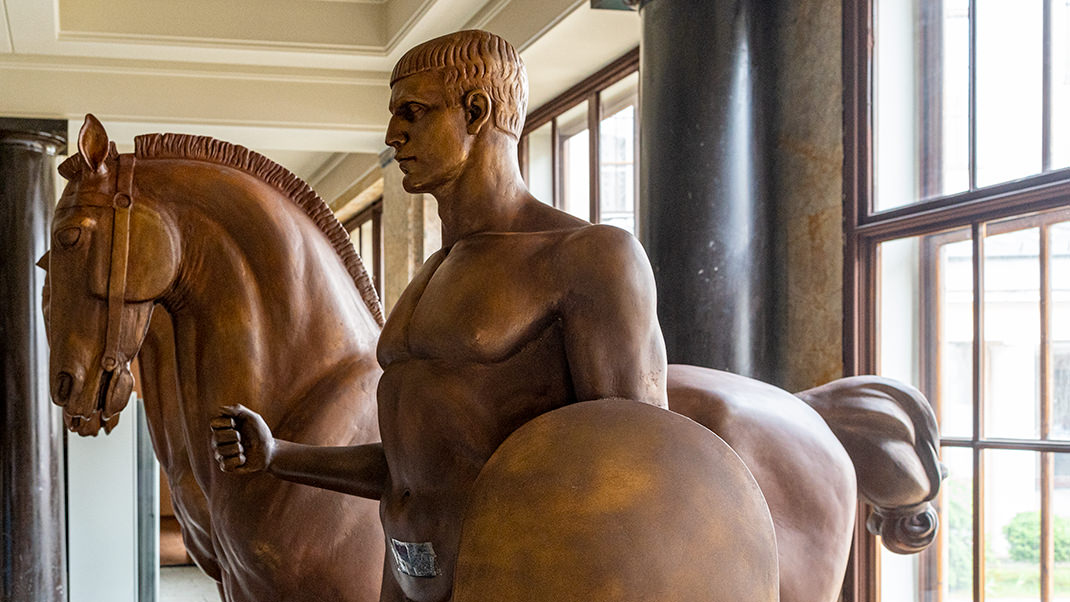
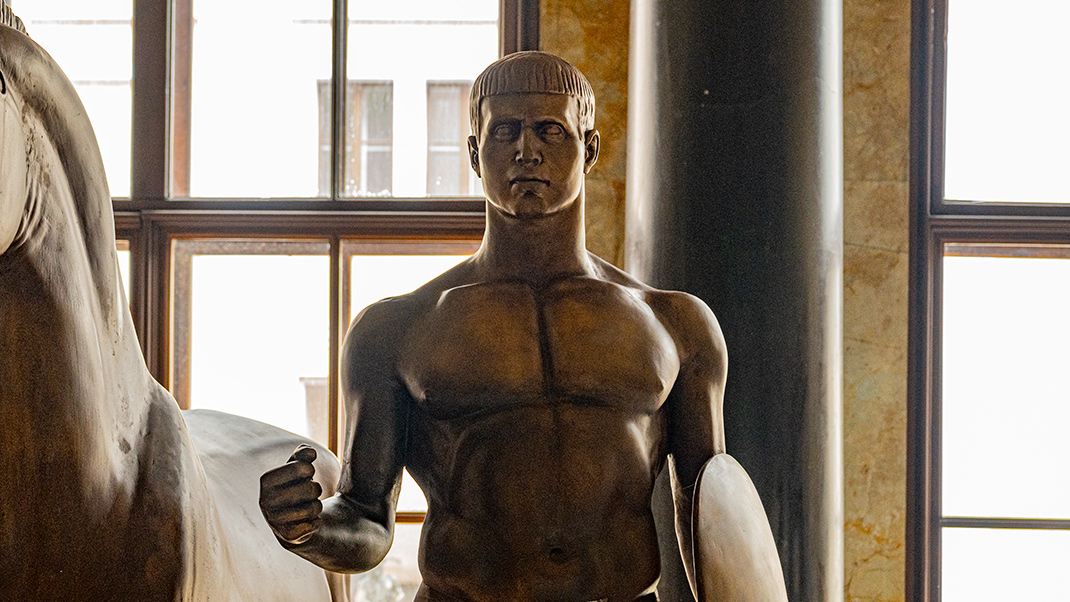
A Bit of History
The two-story stone building on the site of the German Embassy was built in the 1740s. The building was renovated several times, with one of the famous architects involved being Vasily Petrovich Stasov, who, for example, designed the Trinity (Izmailovsky) Cathedral in the city.
In 1873, the German Embassy purchased the building, and 40 years later, the current structure was erected. From 1911 to 1913, the renowned German architect Peter Behrens designed and constructed the building, which remains his only building in Russia. Behrens is also known for his role in mentoring world-famous architects, such as Le Corbusier, Walter Gropius, and Mies van der Rohe, all of whom trained in his workshop. The latter oversaw the construction of the German Embassy building.
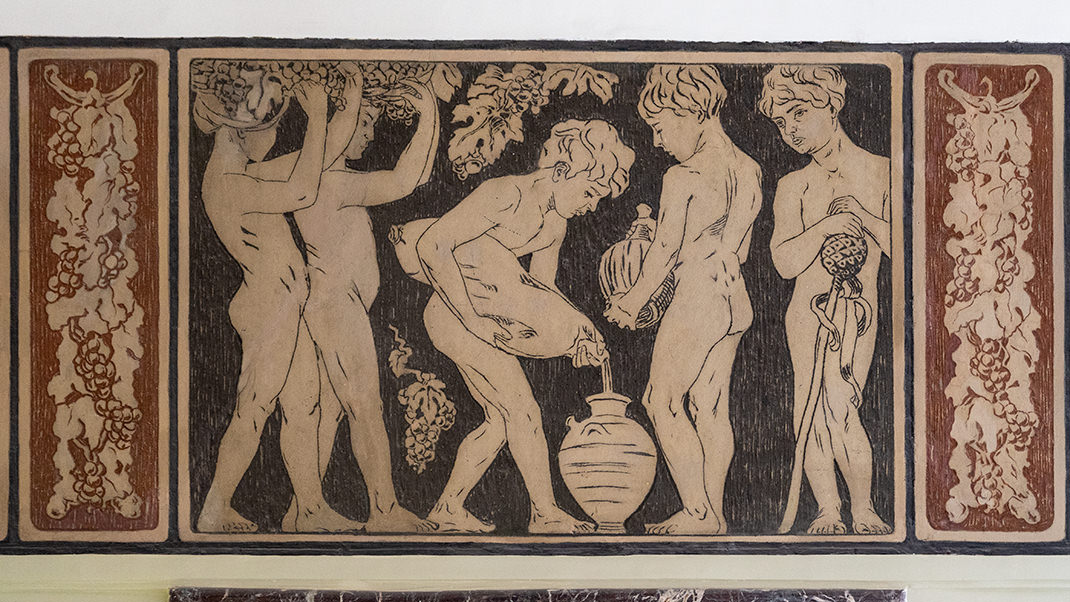
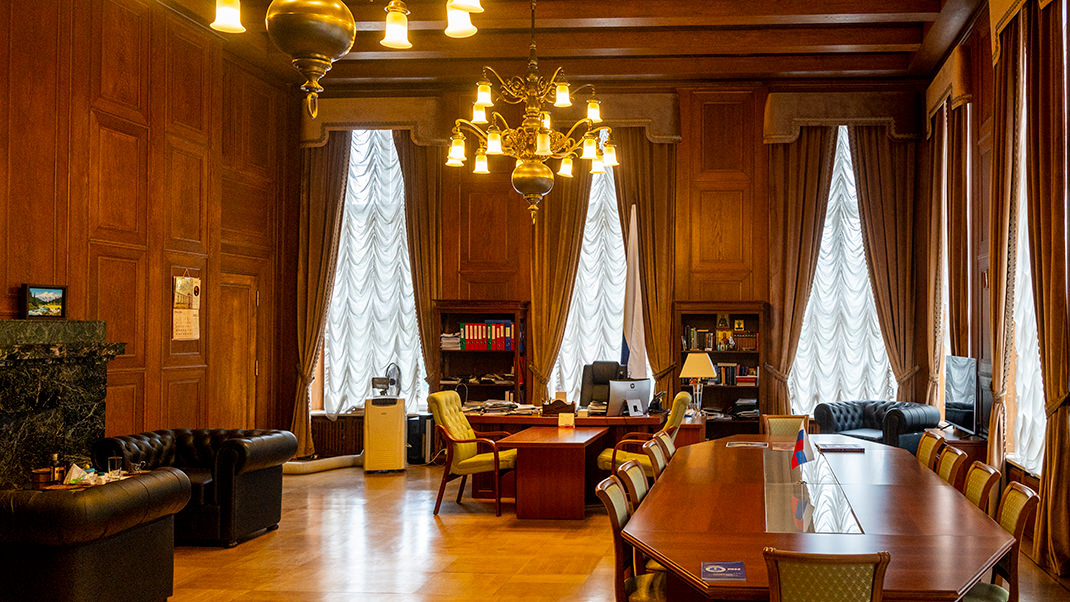
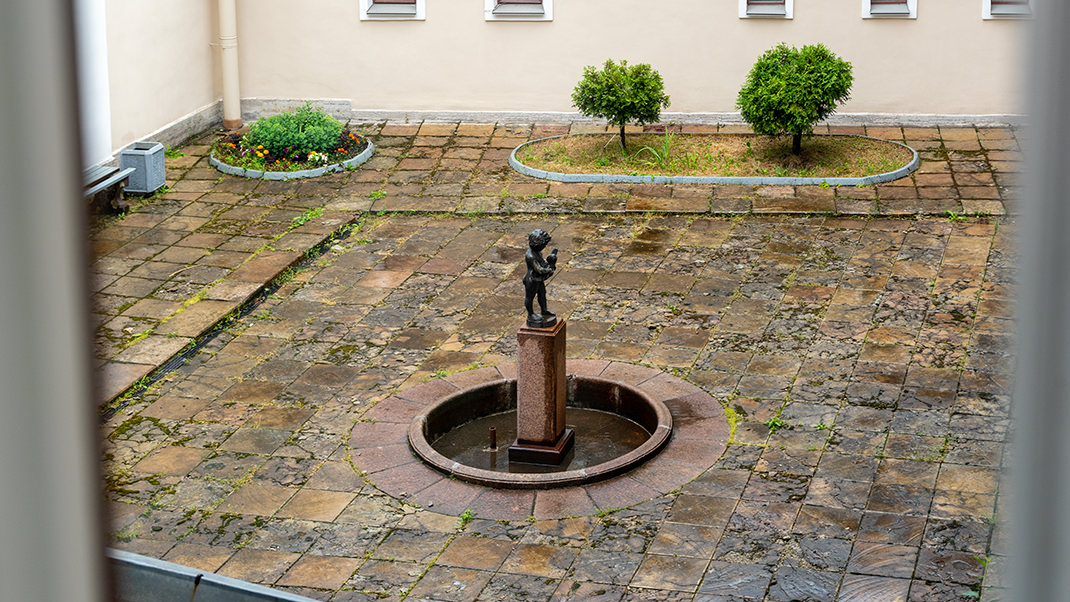
The massive and somber building received a negative review from St. Petersburg architects. The "Dioscuri" — a sculptural group once installed on the roof — was also criticized. The composition featured two powerful, naked young men with horses. Critics believed that such images of naked men near the main cathedral of St. Petersburg were inappropriate. It’s worth noting, however, that similar representations of naked young men had been on the entrance to the Horse Guards Manege on the opposite side of Isaakievsky Cathedral for about a century.
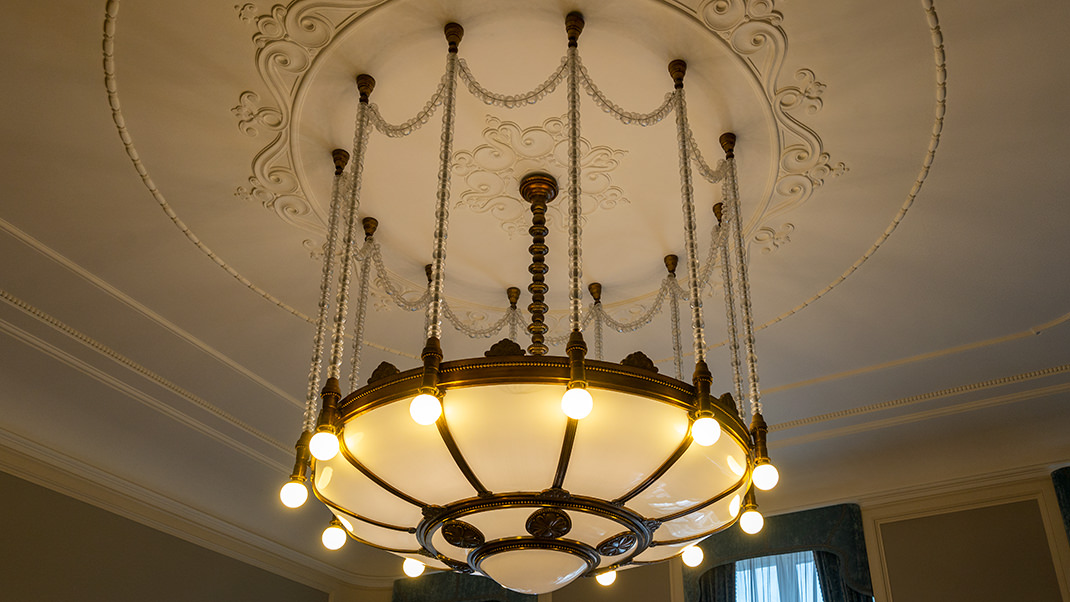

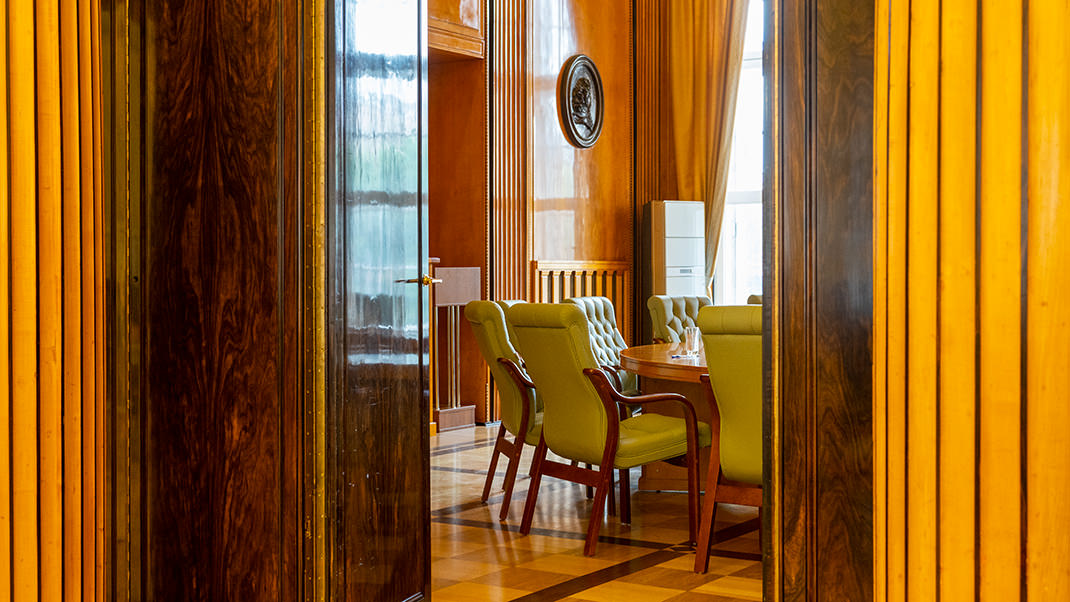
While the massive building on Isaakievskaya Square has survived to this day, the Dioscuri were removed from the roof in 1914, after the beginning of World War I. Today, a smaller model of the sculptural group is displayed on the first floor of the building. According to the guide, there are plans to return the original composition to its former location.
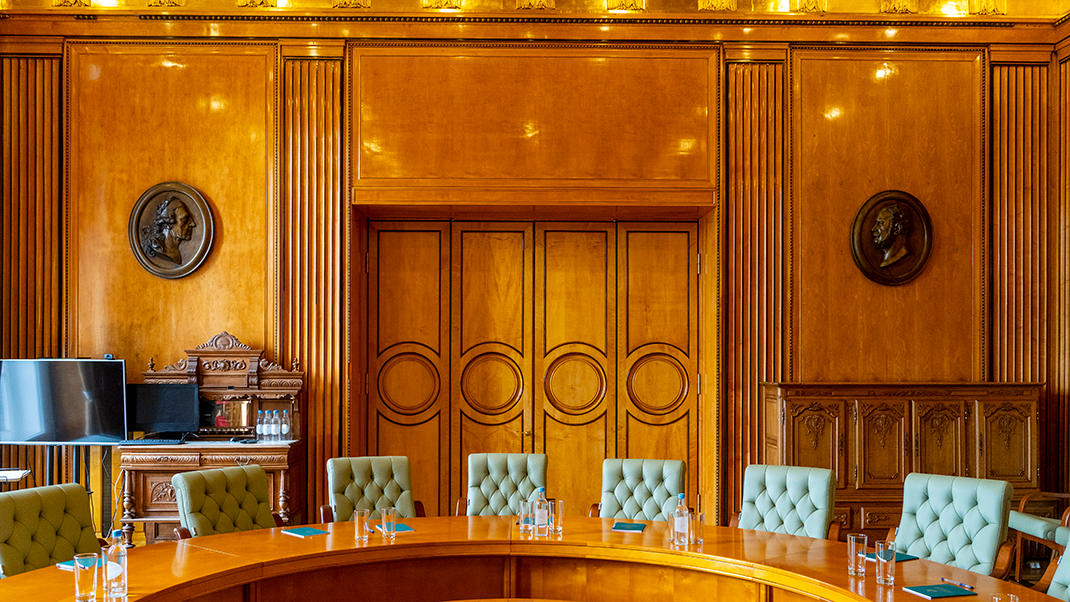
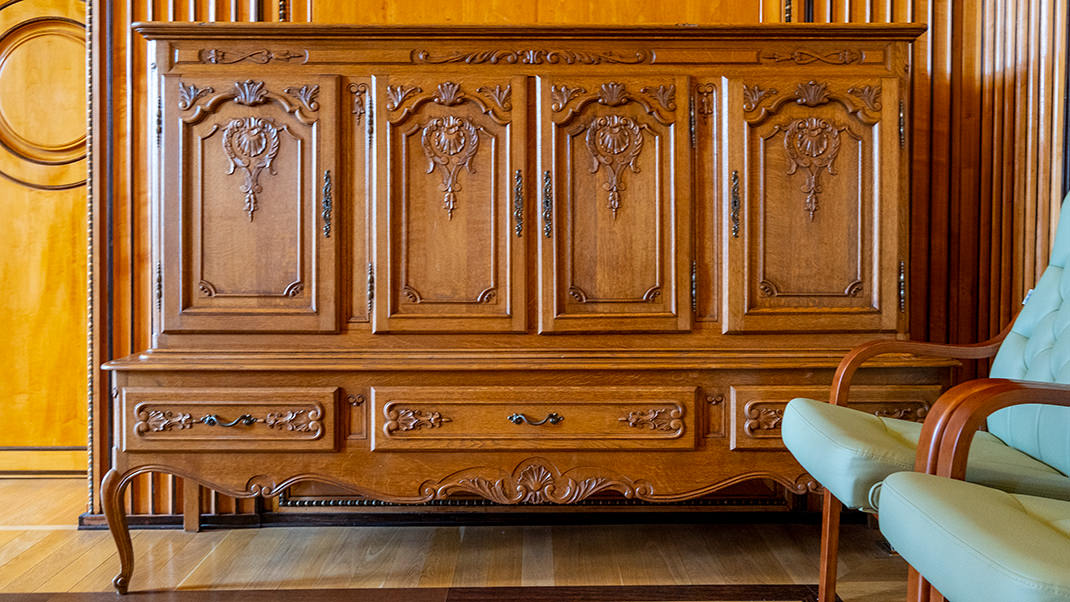
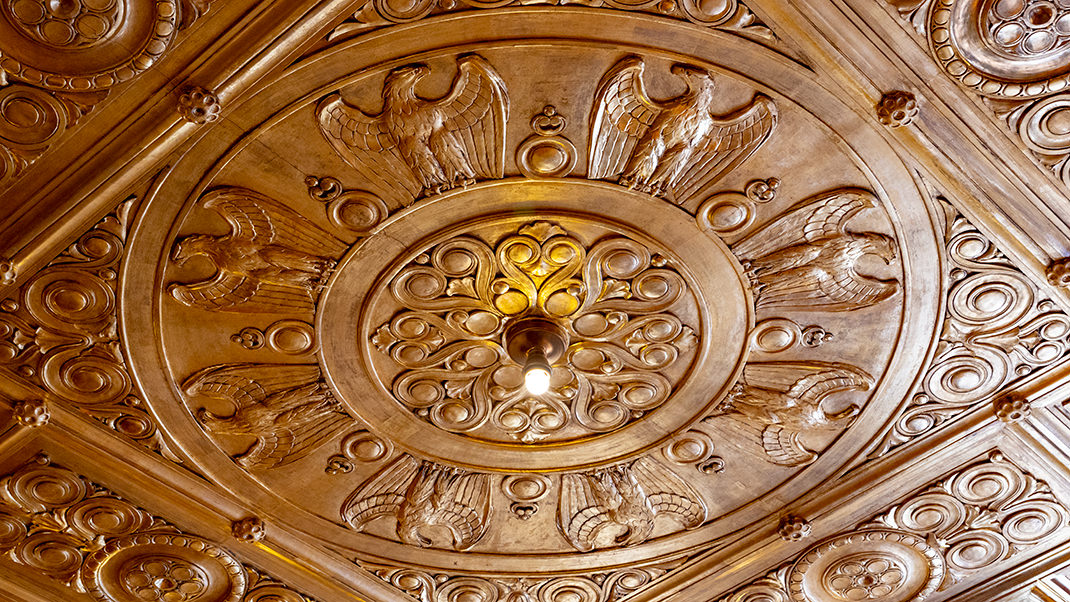
Between the world wars, the building housed the German Consulate, later serving as a military hospital. A 1971 book mentions that the building hosted the Hydrographic Directorate, and a guidebook from the 1980s refers to it as the location of the "Intourist" joint-stock company.
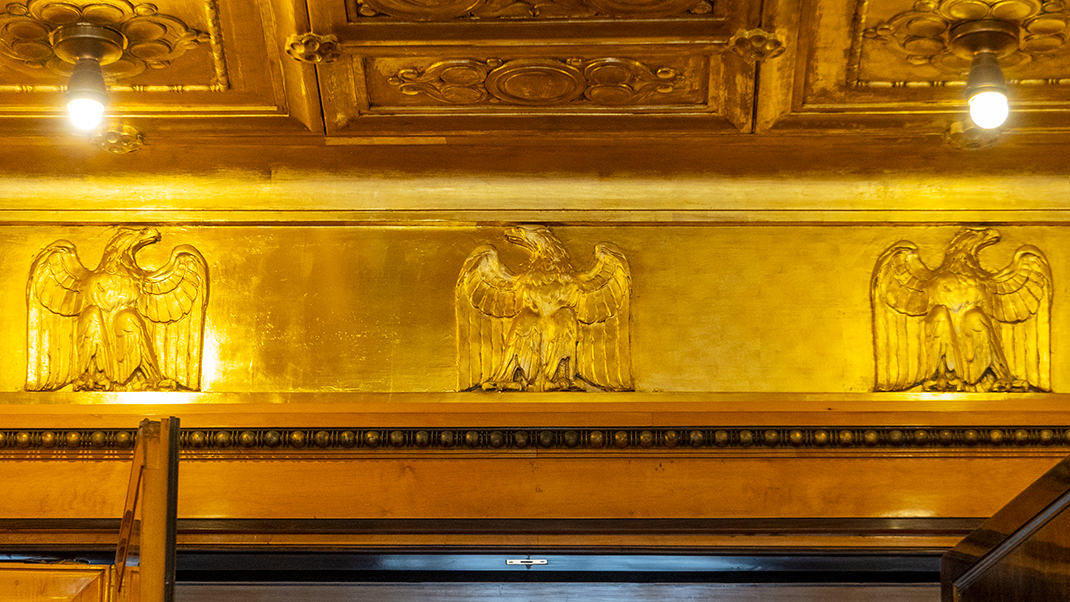
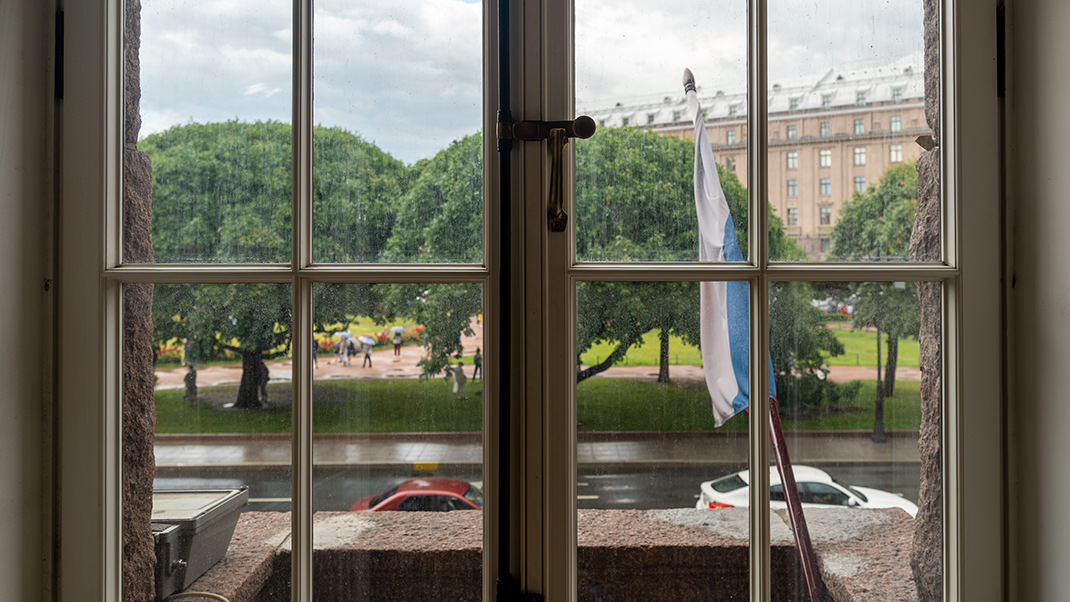
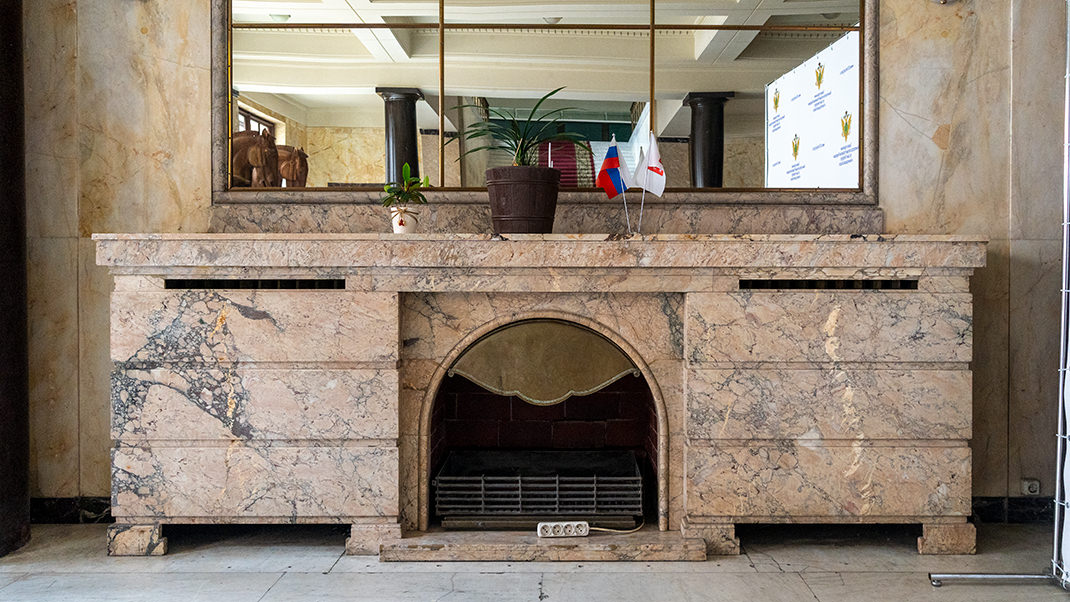
Since we’ve mentioned the architect Le Corbusier, I suggest you explore his work through an article about the Centersoyuz building in Moscow. Like the German Embassy, it is the only building by this renowned foreign architect in our country.
Have a nice trip!


